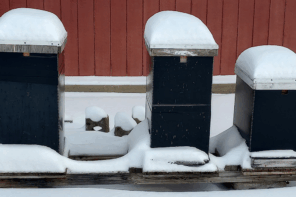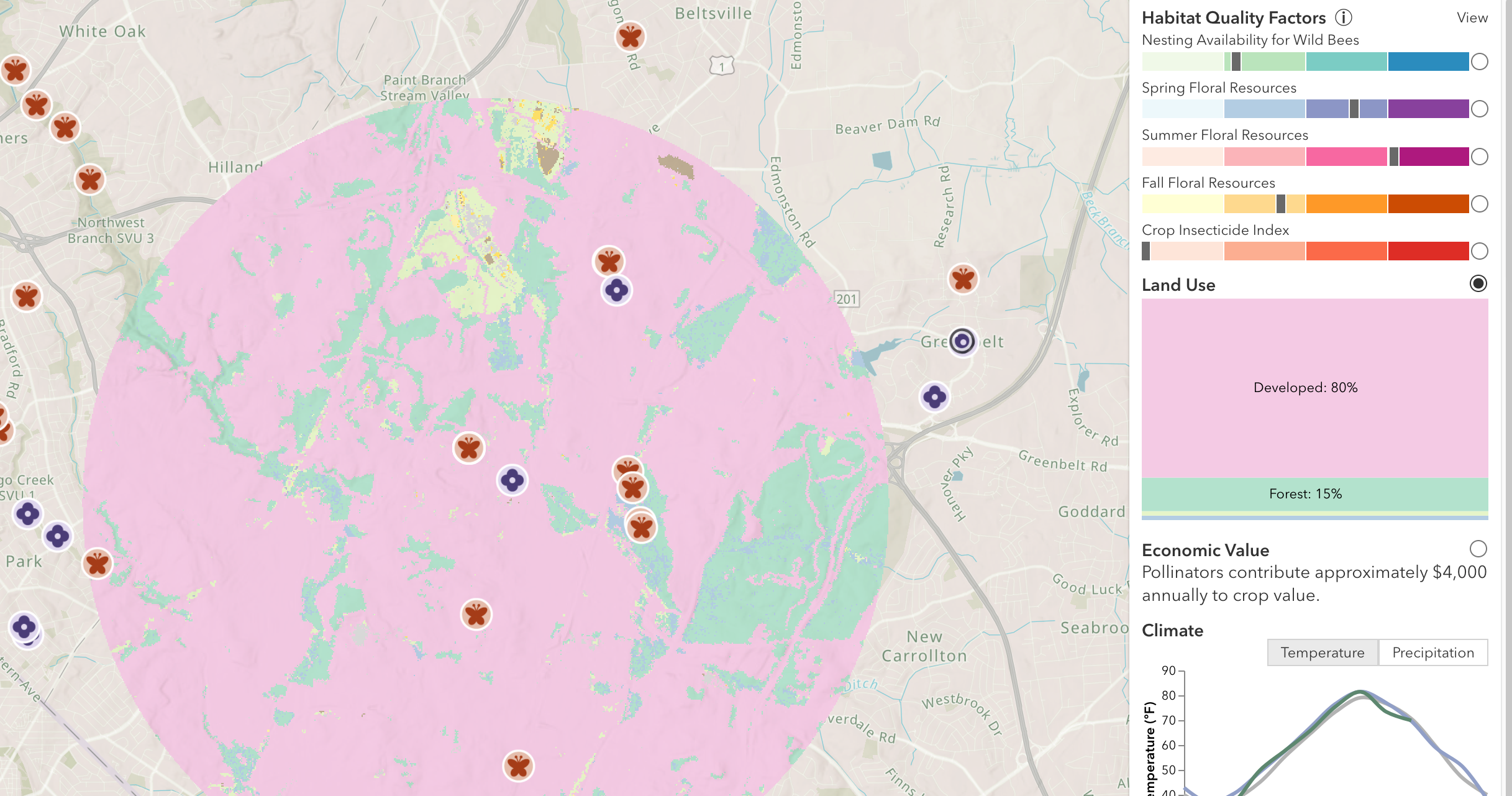John Miller
In recent editions, I’ve been vocal – alarmed – distressed by the Tropigeddon calamity. I’ve tub-thumped the subject, loud and long. I hope I’m wrong; very wrong.
The top-line in early December was the annual colony loss report – for the first time, colony mortality in America exceeded 50% annually. 50% of the national bee-herd died. In the words of Ron Spears, ‘That mess follows you the entire year’.
According to the January 31, 2024 National Ag Statistics Service, there are about 87 million head of cattle in America. What if there were 43.5 million head of cattle on January 31, 2025? According to the Food and Agriculture Organization, February 20, 2024 – there are 34.4 billion chickens on earth; 9.22 billion of those chickens are in America. What if on February 20, 2025, there were 17 billion chicken on earth; 4.61 billion chickens in America? What if half of American swine perish in 2025?
Consider again the YouTube presentations from Dr. Sammy on Tropilaelaps mercedesae.
For commercial beekeepers, no; all beekeepers – consider the possibilities.
Ever felt a soon-to-be-forgotten phrase of ‘overcrowding’? Overcrowding is what your invasive species beekeeper neighbor practices against you. Tropigeddon is the answer.
In North Dakota, where we host nearly 35% of the entire national herd – annually; that number will drop from most of a million colonies – to less than half a million colonies. Those colonies will be radically different colonies of bees than we’ve kept in the past.
Let’s spend a minute talking about those colonies. In America, we run massive colonies of bees; pollinating a lot of crops, producing a lot of honey – with massive brood chambers. The ultimate Tropi play pen. Colonies of bees, and the keepers of those bees are in for a wrenching adjustment. Watch the films. In Tropi areas of the world – the colony of bees is a single deep. Frames of honey are harvested, one frame at a time, throughout the season. In Dorsata colonies – the colony absconds. Boom! Your colony is suddenly gone. It’s an effective way for the Dorsata colony to shed the parasite load. And that works in tropical and near tropical zones on earth. Just move on; build a new colony; the landscape is in bloom, it rains often, foraging is a near year-round activity. From my N.D. window, today; I observe no foraging – we’re headed for below zero in a couple days.
Most N.D. bees are now in Texas, or Mississippi, or Florida; or California – or in an indoor storage building. In Florida, Tropi will scour out brooding colonies like Asian Citrus Psyllid cored out the citrus industry. North American beekeepers are the most mobile migratory beekeeping industry on earth. When that first positive is discovered in the Okanagan – Tropi will hitch-hike on scattering, panicked beekeepers hauling only a few Tropis to Saskatchewan – which will then scatter further to Nova Scotia and across into Maine, thence to Florida and back to California in one calendar year.
The indoor storage operators do have their finger on the pulse of hive health conditions; and I wish they were an organized group – but most indoor building operators are beekeepers and beekeepers don’t share information. But I can tell you this that 50% hive mortality? It directly impacts the occupancy rate of indoor storage buildings. In December 2024 there is a lot of open space in storage buildings.
We have a lot to study about indoor storage. If you come with me to the building in Gackle, North Dakota – today; now – in mid-December we are closing in on the shortest days of the year. 95% of the colonies are completely brood free. 5% rear a hand-sized patch of brood.
It’s cold. Zero colony stimulation – a deeply restful state. To complete a one-week complete brood free condition – which is necessary to kill the very last Tropi in your indoor building of 40,000 colonies – it is necessary to become completely brood free. Completely brood free.
Costs to operate honey producing colonies will explode. Harvesting honey will occur in pickups – not on ten wheelers. Those 100-barrel a day extracting plants & equipment – poof. Relics. Tropi controls will mandate twice a month treatment. Current treatments will not achieve control. 50% colony mortality will be a misty-eyed memory.
Had enough?
Consider: The more we know about how Tropi survives in the absence of colonies – the better chance we have of preventing Tropi survival in the absence of colonies. This requires a different approach. Take the fight to Tropi. Specifically, go to the ports of Thailand. Go to the docks where ‘high rat associated’ cargoes are loaded. (Do peruse any of hundreds of rat associated YouTube postings.) Scientists first discovered Tropilaelaps mites on rats in the middle of the last century. Hire a few Thai folks to find, rats. Sample the external rat. Swish, swirl, plate and look for the absence or presence of Tropi. This won’t cost a lot. Or…. why don’t we check at our U.S. Ports? There are rats everywhere. Only about 5% of ships at port at Long Beach are inspected at all for anything.
The Proof of Concept might arouse agencies to more correctly prioritize detection and exclusion. The beekeeping industry will probably have to fund this ourselves. It’s simply beekeeping guerilla ground tactics as perhaps best practiced by Randy Oliver. There is less time than we think.
Consider: Adopt a species of honey bee better adapted to that parasitic stew of Southeast Asia bee species. Beekeeping, as it has existed in North America for over 400 years is about to change. Beekeeping, as it has existed globally, for millennia, is about to change. All that organic honey from Brazil? – is about to change.
Consider: As previously stated, focus white-hot energy on a genetic solution. As computational capacity expands – an answer, a solution not involving brute force organic acids – a solution not involving >50% annual colony losses – a solution focused on securing the food supply for our grandchildren – a solution focused on the future; not the potential calamity – is worth a few donated dollars.
john@millerhoneyfarms.com
I love hearing from readers.











